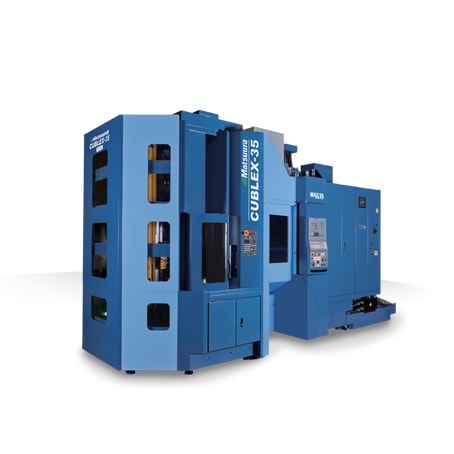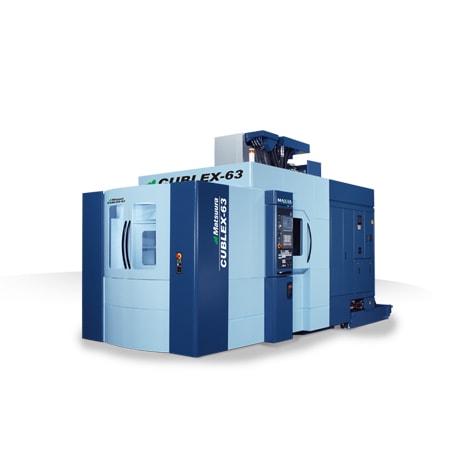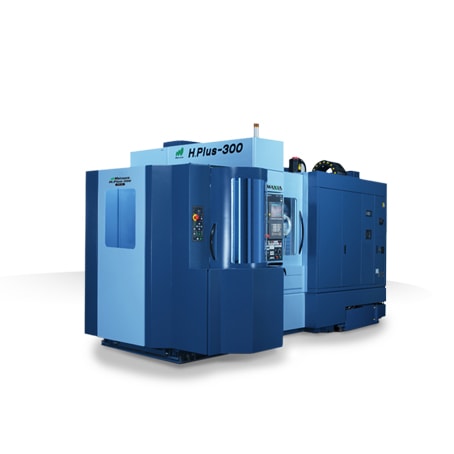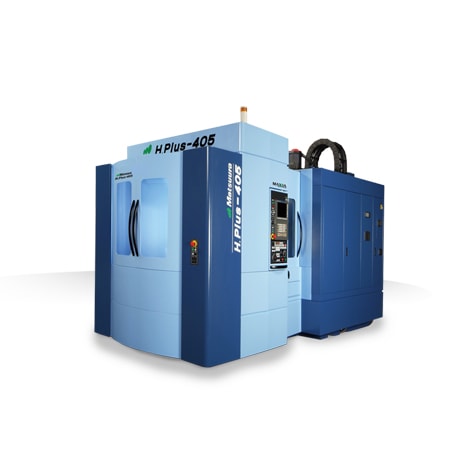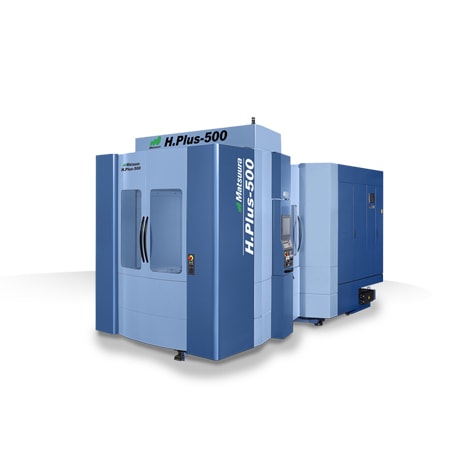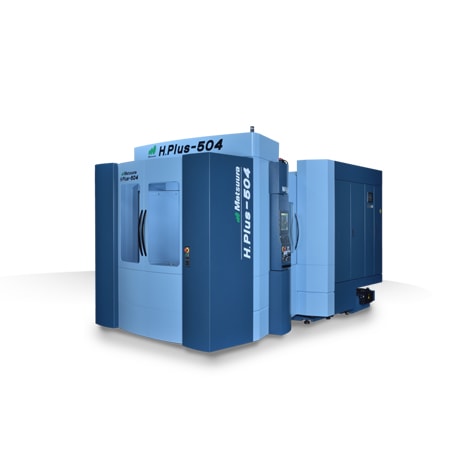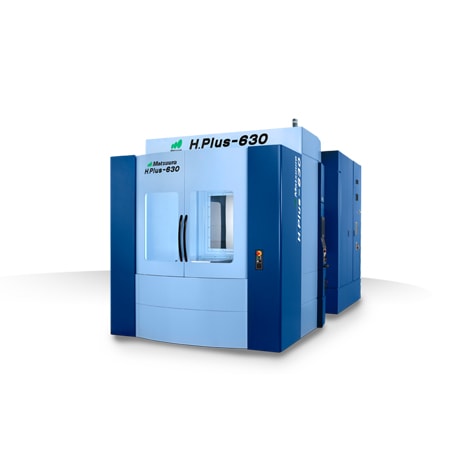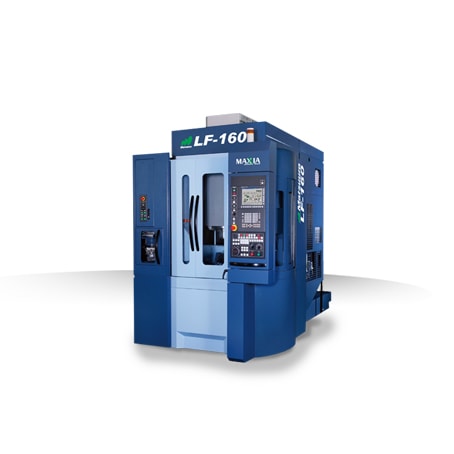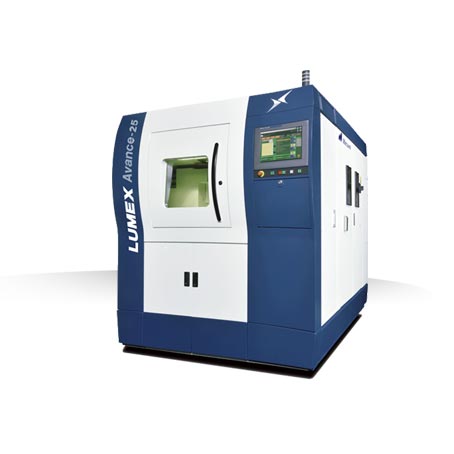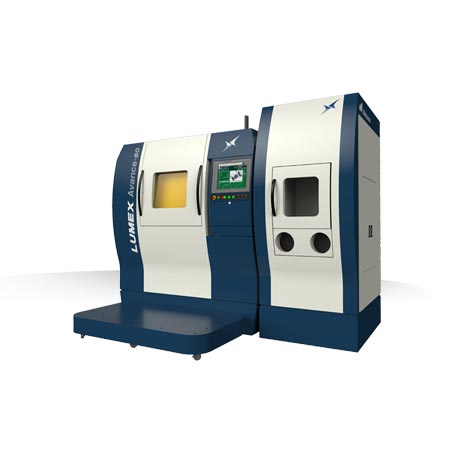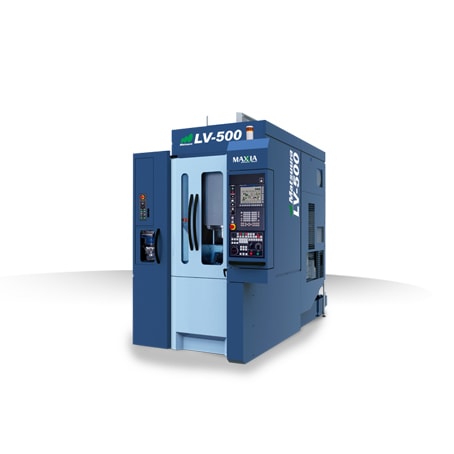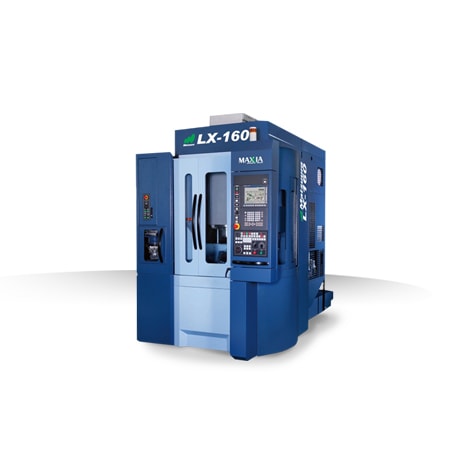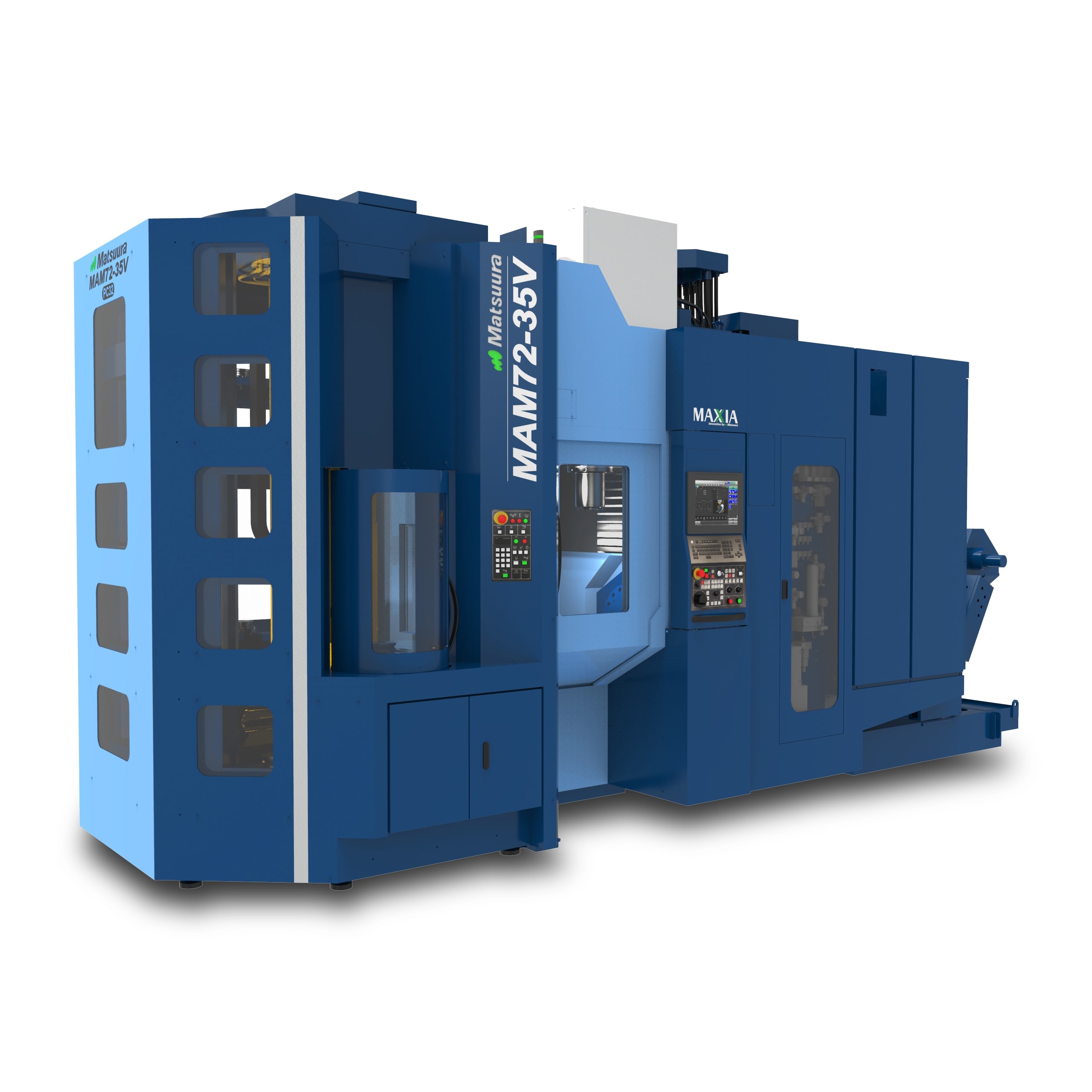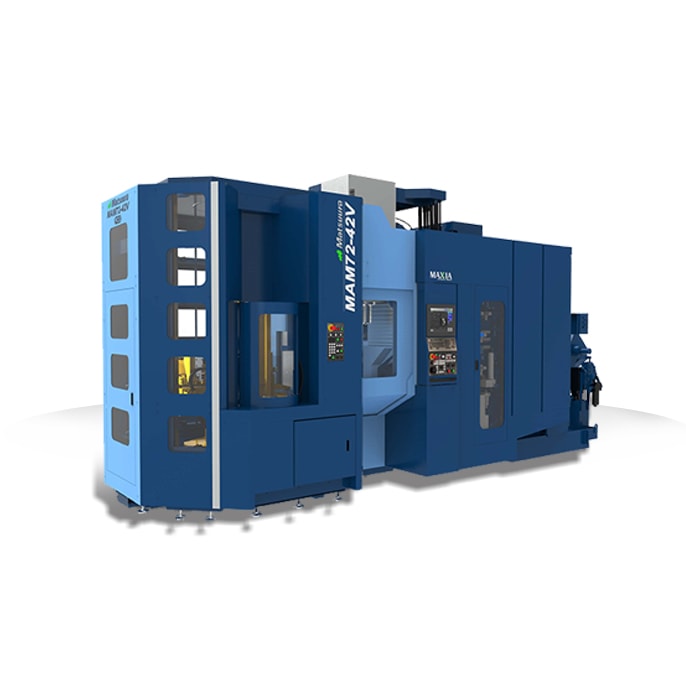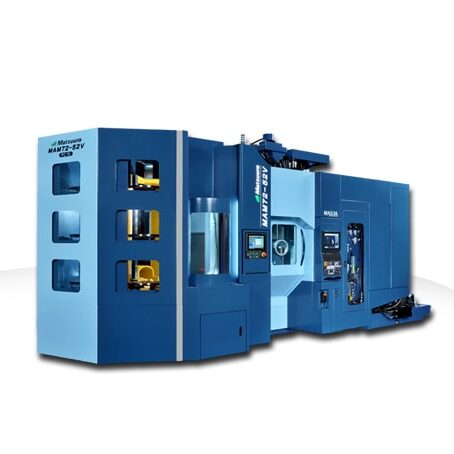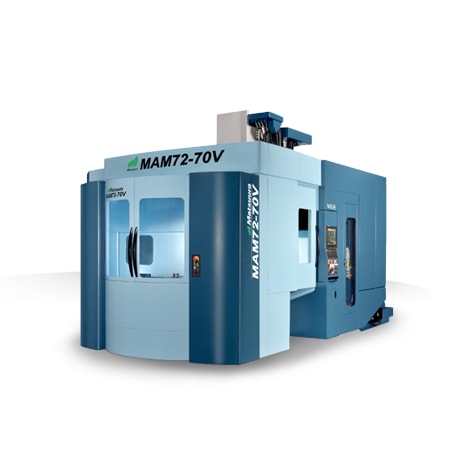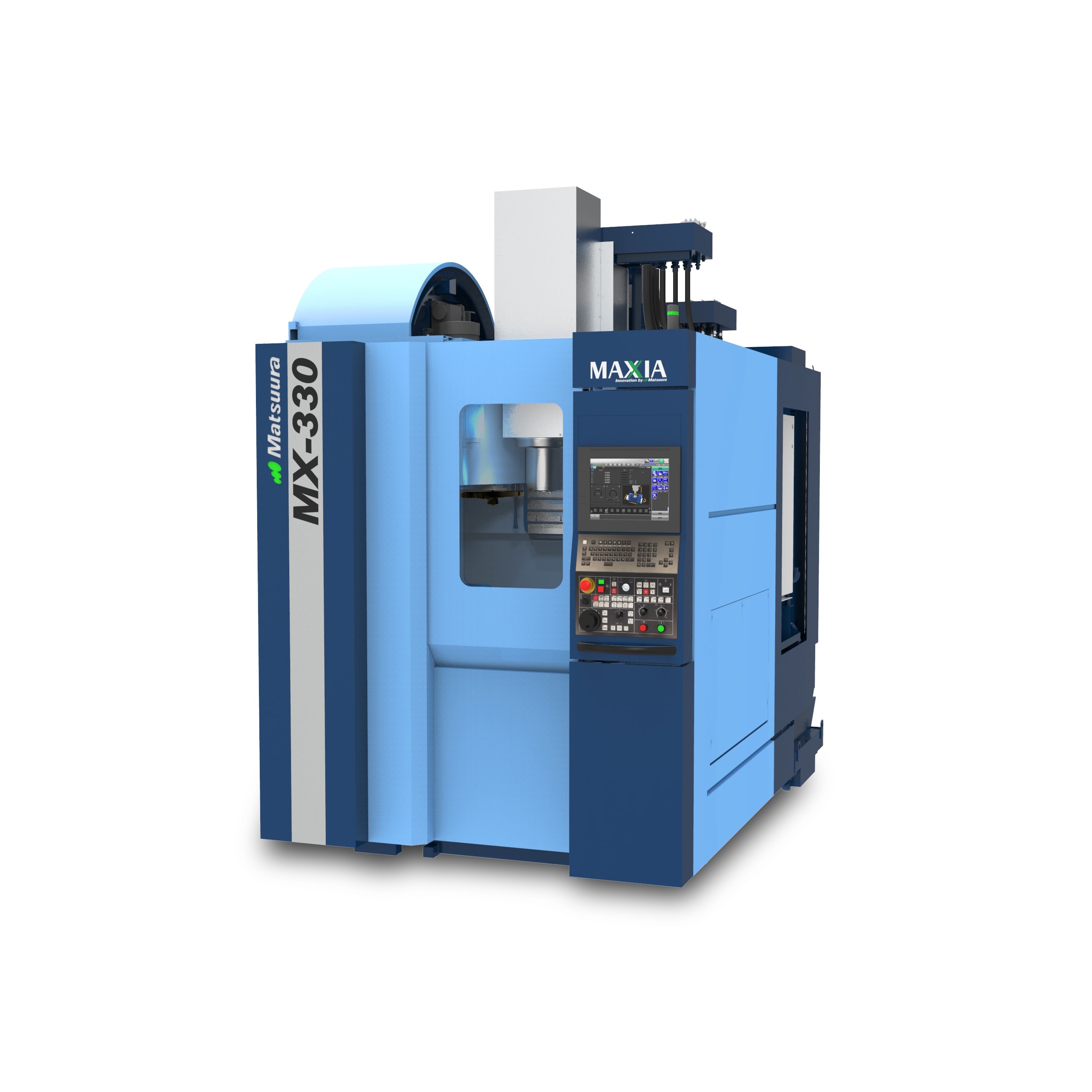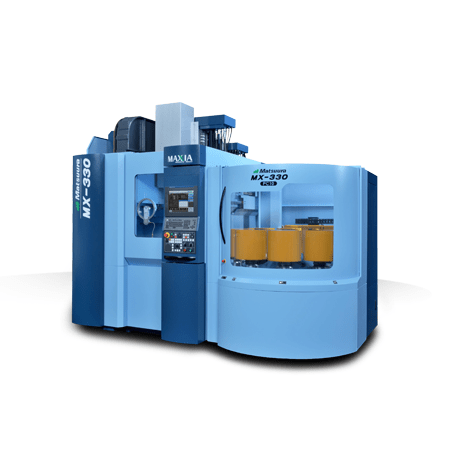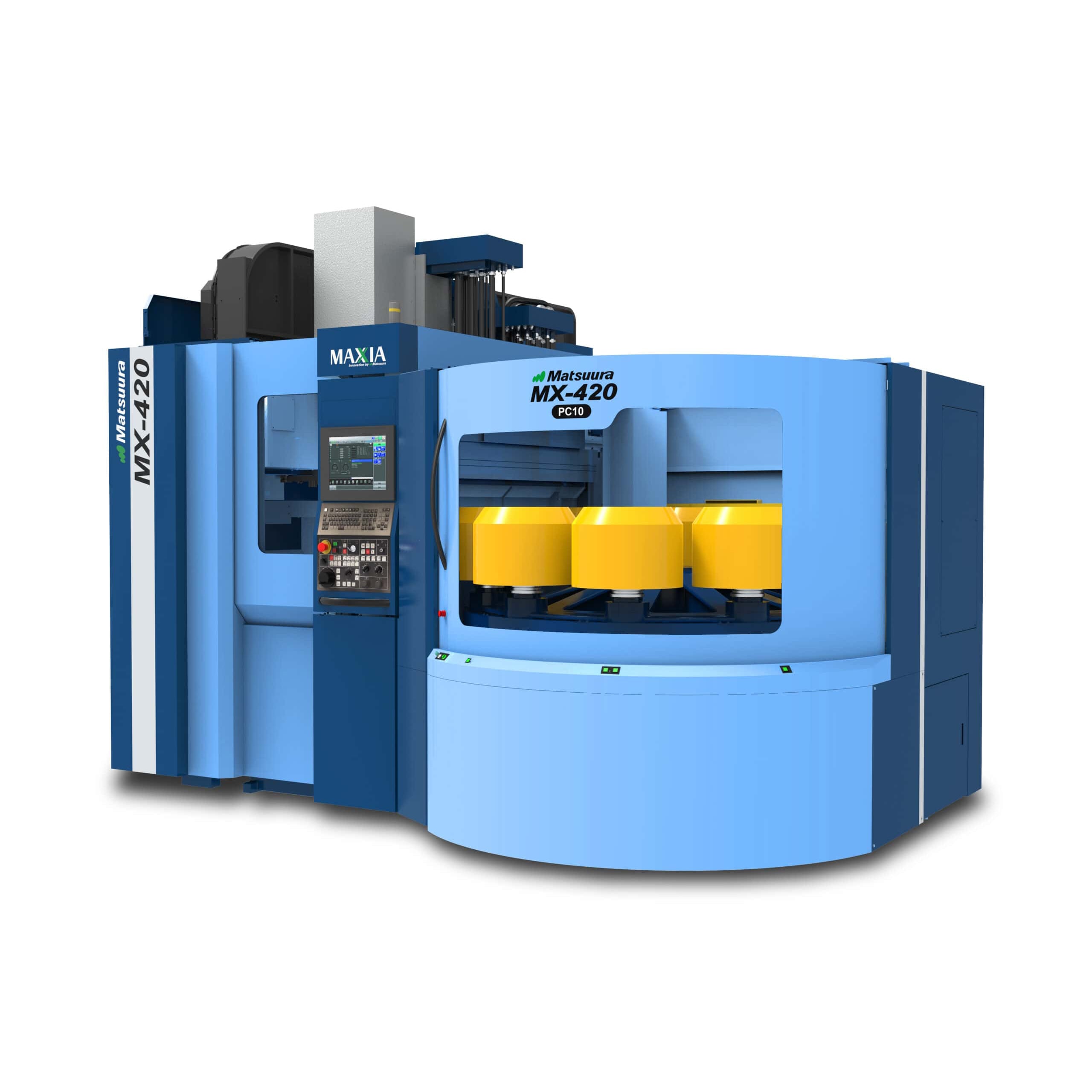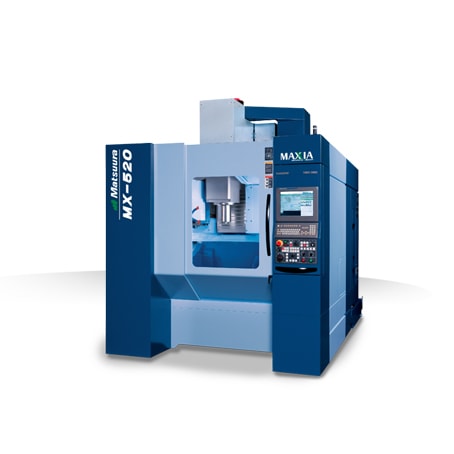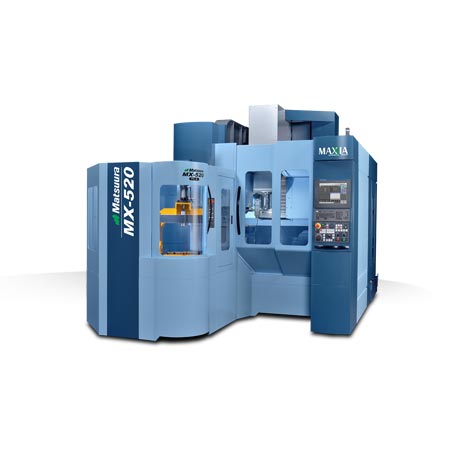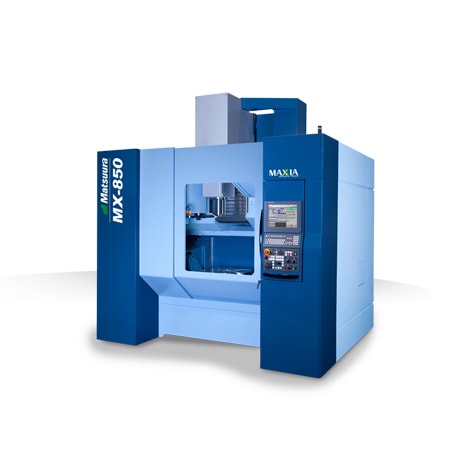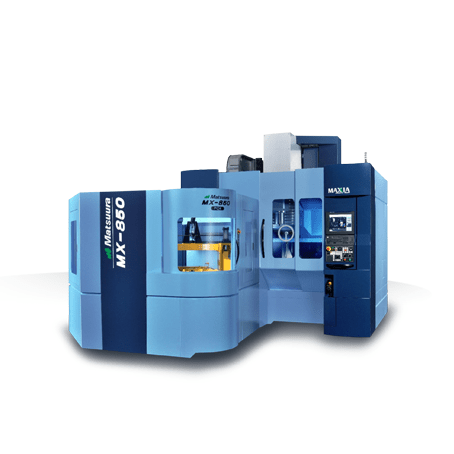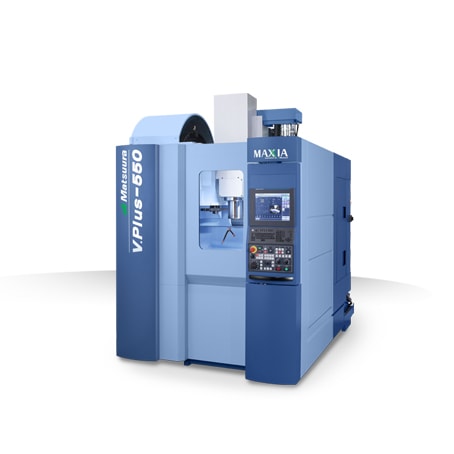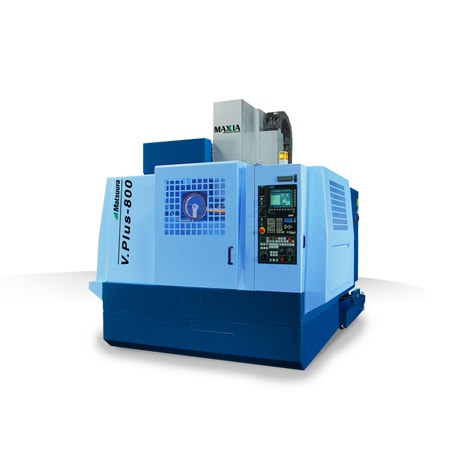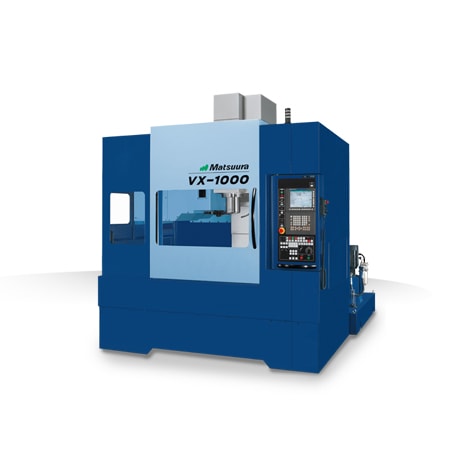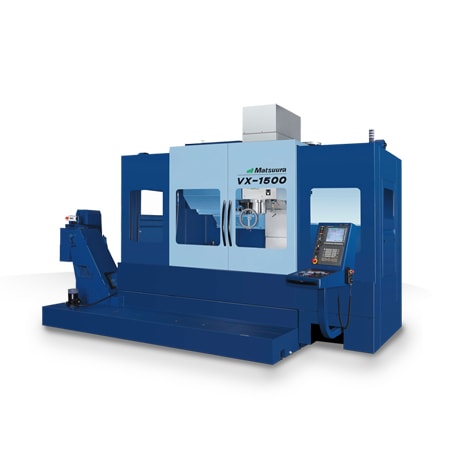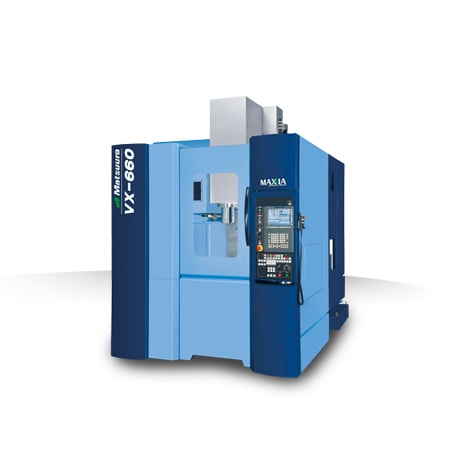
St. Paul, MN (February 21, 2019) — According to Paul Powers, CEO at Physna and shared by Moldmaking Technology, improving your shop’s preparedness to deal with cyberattacks includes awareness and tools to stop them before they start.
Manufacturing cyberattacks are expensive, hard to detect and dangerous. Companies can no longer sit idle and hope not to be a target. Hackers are stealing everything from personal information to internal operational details and intellectual property. A single data breach can cost a manufacturer a year’s worth of proprietary information and lead to a permanent loss of customer trust. The damage to a company’s reputation is practically unfixable.
The challenge for manufacturers is as supply chains, operations and facilities get more connected, the risk is more significant and far-reaching. The added challenge for small and medium shops is combining legacy equipment with modern technology, which adds to the security gap in many facilities. The final major hurdle is the modern technology itself. IoT devices were never designed to protect themselves from threats. Since robotic arms are not compatible with firewalls, for example, hackers are exposing those weaknesses. These facts make any shop a highly enticing payday for criminals.
What the Hack Is Going On?
Security researchers and analysts have raised questions about the manufacturing industry’s preparedness to deal with cyberattacks. For example, Vectra, a company dedicated to enterprise-wide cyberattack detection, released its 2018 Black Hat Edition of the Attacker Behavior Industry Report this past summer, which provides insight into methods and types of attacks the manufacturing industry is facing. The key findings reveal that attackers who evade perimeter security can easily spy, spread, manipulate, and steal, unhindered by weak internal access controls.
The report also shows a significant increase in malicious internal behaviors, such as when someone with access to a network deliberately sabotages work, which is a reliable indicator that attackers are already inside the network. Typically, that is an employee or disgruntled employee working to harm a company’s product(s) and reputation. On top of that increase, the report describes an unusually high volume of reconnaissance behaviors, such as when a hacker gets into a network and looks for anything of value to steal like models, intellectual property, shop operations or equipment. Hackers know that once they gain access to a manufacturing network, they can come in often because of the lack of cybersecurity. Reconnaissance behaviors are a reliable indicator that attackers are mapping out manufacturing networks in search of critical assets. Although this report paints a bleak picture for manufacturing today, the real challenge is how to better protect what companies are building for tomorrow.
For example, an attack on the supply chain is one of the worst-case scenarios as it will taint products or services at the time of their creation. However, what if criminals take it a step further? Another cybercrime scenario for engineers and manufacturers is the deliberate manipulation of design models and shop equipment, which are next to impossible to detect.
Those microvariations result in a real change that could make a part less efficient, shops unsafe and put lives in danger. Companies should consider any connected device on the shop floor at risk.
And, if you are designing parts that are mission-critical, the size of your company does not matter. You must take cybersecurity measures, or else you take a big risk of failure.
Cybercrime software is the second layer of cybersecurity. The journey starts with people. It is essential for employees to be aware of best practices because they run operations, machines, and other manufacturing assets.
Here are three top strategies:
Develop and share best practices with employees, partners, and customers. Anyone a company does business with can become a potential cyberthreat. Companies need to be direct and make sure vendors, suppliers and partners are aware of those best practices. There are plenty of data breach examples where hackers stole the data through a third-party vendor, gaining access to millions of people. Begin your best-practices policy by securing communication methods.
Fortify your firewalls. Firewalls are not enough. Shops should encrypt systems with anti-virus software. Shops should also incorporate sophisticated password strategies and install all security updates.
Monitor and record all activity. Constantly monitoring shop systems is a proactive security strategy that actuates real-time detection. If hackers get into your company’s systems, you must be able to identify it first. The next challenge is to repair the damage and fix the vulnerability.
Detection is key. If program files do not match the program running the device, the shop must detect the mismatch, identify the deviations and alert the appropriate people. Do not assume your software will do it on its own.
Good record-keeping of incidents, alerts, and advisories will help determine the true impact of the security policies in place. Lastly, protect your models. They are vulnerable to theft as well as manipulation. Back up and secure them in a central storage space. Being prepared will help undo unauthorized or malicious changes.
While cyberexperts have been protecting companies with vigilance, better password management, and better employee education, companies are also working to make better tools to stop a cyberattack before it starts.
The Cost of a Data Breach: the Ponemon Institute, a research firm focused on privacy, data protection and information security policy, released its annual study on the cost of data breaches, breaking down precisely what lost and stolen records could cost companies this year. The simple breakdown is that each file stolen is valued at $148. If a company has 50,000 records taken the costs can total more than $350 million.
Matsuura Machinery USA, Inc., located in St. Paul, MN is the U.S. subsidiary of Matsuura Machinery Corporation in Japan. Since 1935, Matsuura has been the forerunner in designing innovative technology and manufacturing solutions to a variety of industries around the globe. Matsuura Machinery USA, Inc. delivers unmatched excellence in 5-axis, vertical, horizontal, linear motor, multi-tasking CNC machine tools and machines with a powder bed metal AM platform with machining capability. Matsuura Machinery USA, Inc. provides the service, applications and technical field support that have always been the Matsuura standard for business. For more information on Matsuura products, contact: [email protected] or visit: www.matsuurausa.com.
